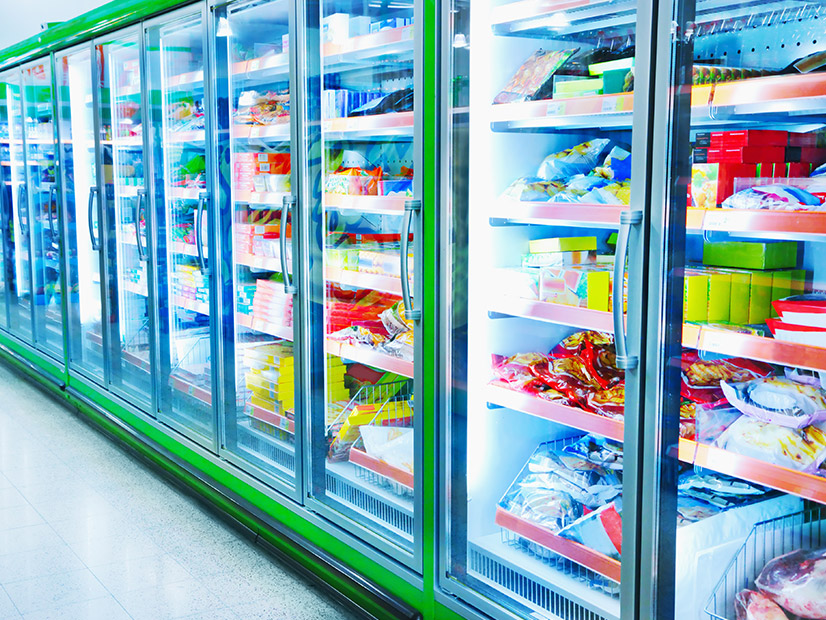A bill to dramatically reduce Washington’s greenhouse gas emissions from large refrigeration units and air conditioners passed the state Senate Wednesday and now heads to Gov. Jay Inslee for signature.
House Bill 1050 will enable the state government to set the maximum global warming potential (GWP) measurements for gases within all sizes of refrigeration units. The new law will also order grocery stores, ice rinks and other owners of large refrigeration units to periodically check for leaks of hydrofluorocarbon gases (HFCs). The bill passed the Democrat-controlled House and Senate along party lines.
GWP is a measure of an HFC retaining heat in the atmosphere compared to a similar volume of carbon dioxide over a 100-year period.
HFCs retain much more heat in the air than carbon dioxide, while dissipating faster. The Washington Department of Ecology has tracked a range of HFCs with GWP 12 to 14,800 times that of carbon dioxide.
The bill establishes an upper GWP limit of 750 for new air conditioners and refrigeration equipment. That standard goes into effect for room air conditioners and dehumidifiers on Jan. 1, 2023, and for air conditioning systems with variable refrigerant flows or volumes on Jan. 1, 2026.
For other types of refrigeration equipment, the new standards go into effect Jan. 1, 2025, or two years after the State Building Code Council adopts some preliminary engineering specifications or the equipment can handle refrigerants under the new GWP standards — whichever comes second.
HB 1050 prohibits a GWP of greater than 150 in Jan. 1, 2024, for new refrigerant equipment for ice rinks. The effectiveness of the legislation will be revisited in 2029 and subsequently every five years.
The bill will not affect air conditioners and other refrigeration units currently in use or installed before those target dates, said state Rep. Joe Fitzgibbon (D), chairman of the House Environment and Energy Committee and sponsor of HB 1050.
HFCs account for roughly 4% of Washington’s GHGs and growing because of increased use of air conditioners and heat pumps, Fitzgibbon told NetZero Insider. At a hearing March 30, state Ecology Department official Kathy Taylor said Washington produces 4 million tons of HFCs a year.
“This [bill] is a low-cost, high-impact measure on climate change with near-term effects. … This is a very cost-effective way to reduce emissions,” Fitzgibbon said.
In a Senate Ways and Means committee hearing March 30, the bill drew support from the Ecology Department, environmental organizations, Chemours (a company that produces refrigerants), and the Air-Conditioning, Heating, and Refrigeration Institute.
The Chemours and air conditioning lobbyists said the industry is already competing internally to produce refrigerants with lower GWP to combat global warming. They also said having standards in place will help the manufacturers map out their strategies.
The Washington Food Industry Association and Washington Air Conditioning Contractors Association were neutral, wanting some technical tweaks.
One anti-tax activist testified in opposition, saying the bill is government intrusion into private businesses. “You’re putting your agenda ahead of costs and impacts,” activist Jeff Pack said.
Along party lines and without discussion, the committee recommended on April 2 that the bill go to a full Senate floor vote.




